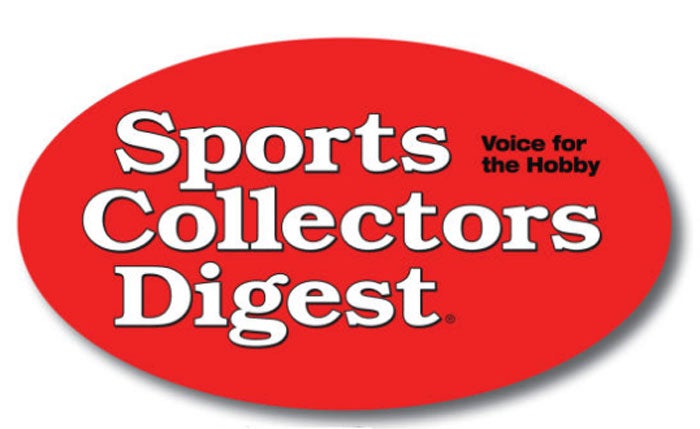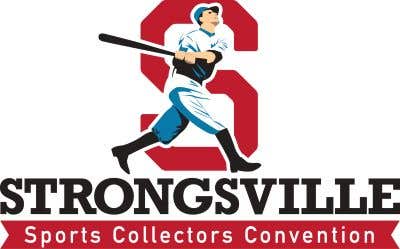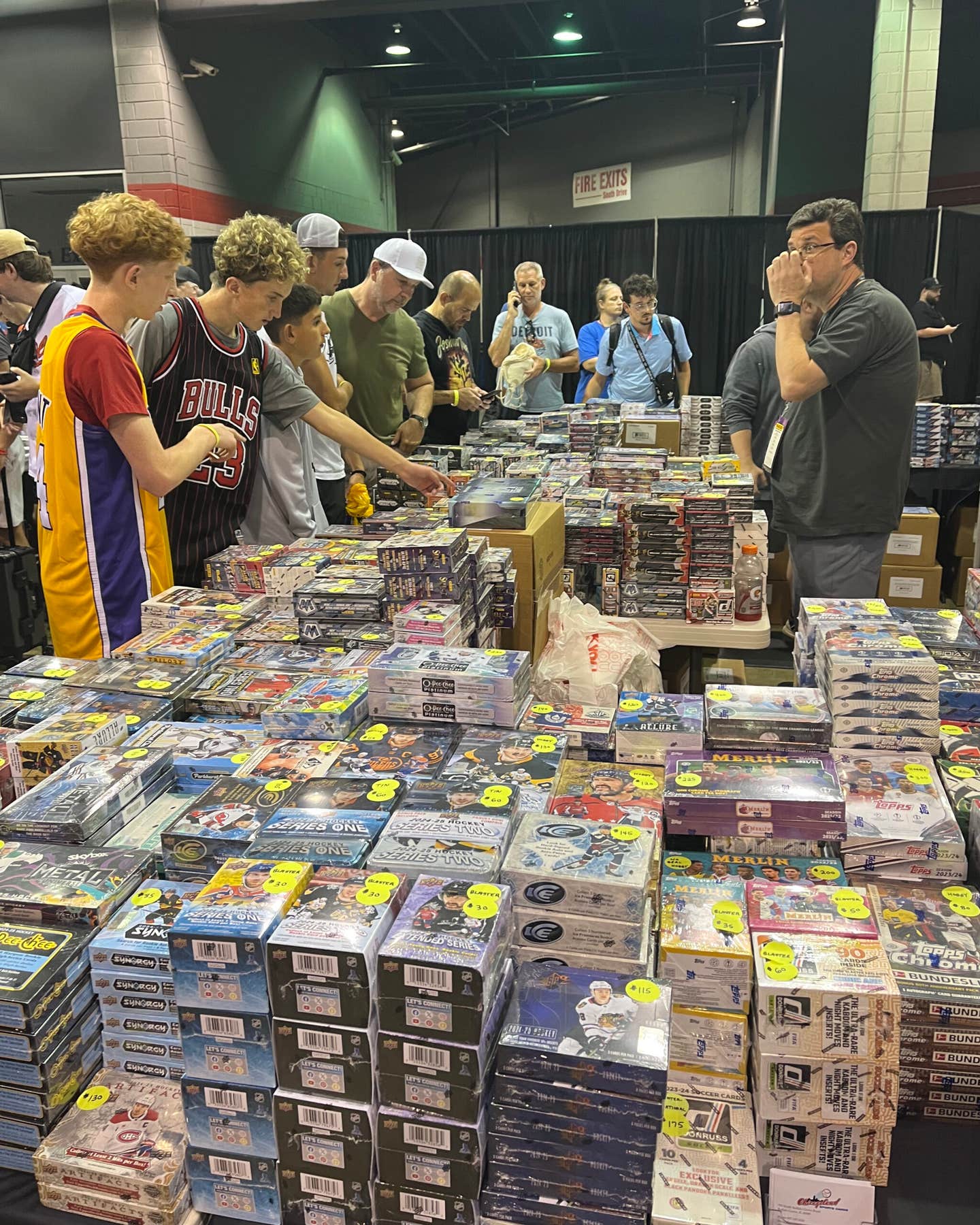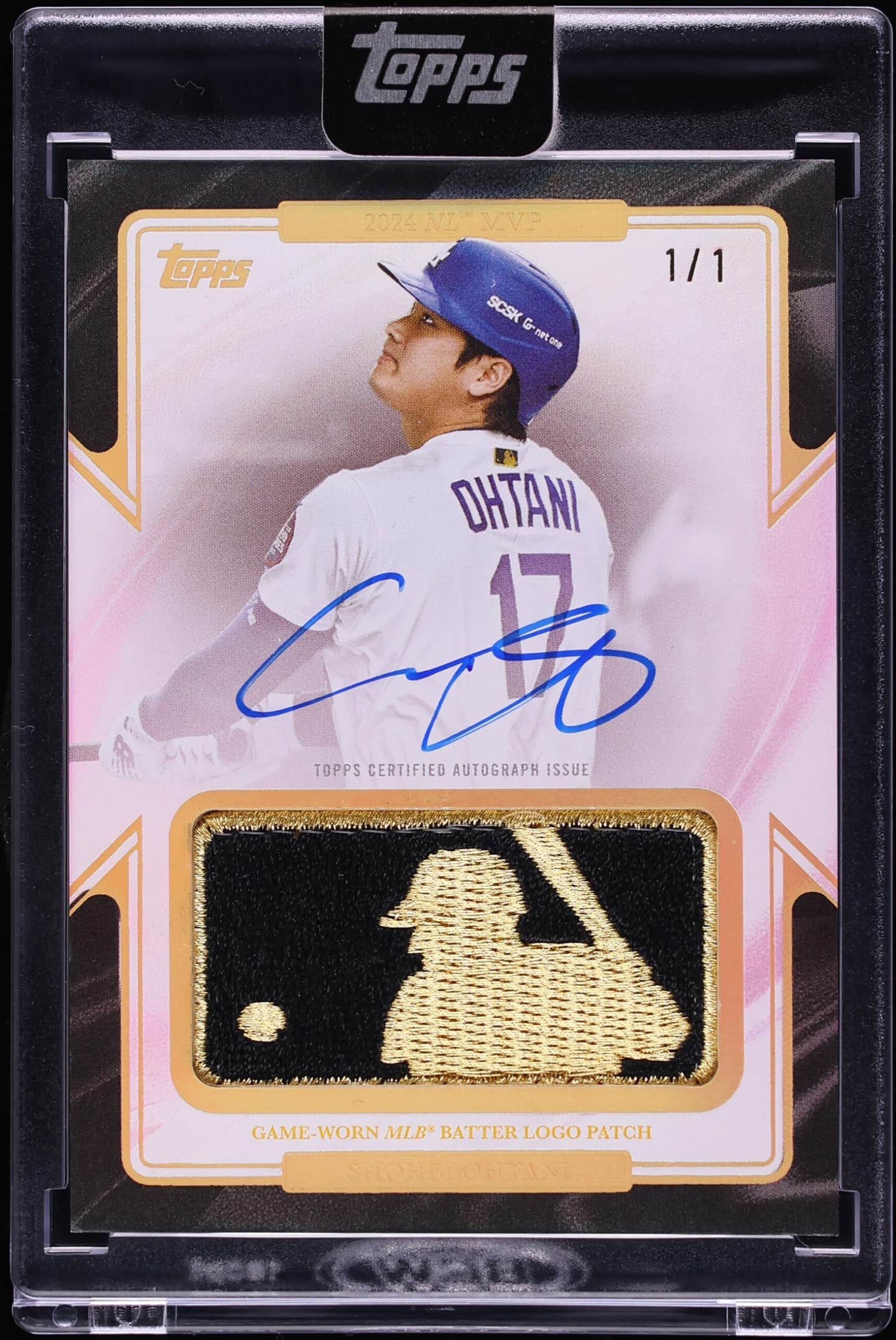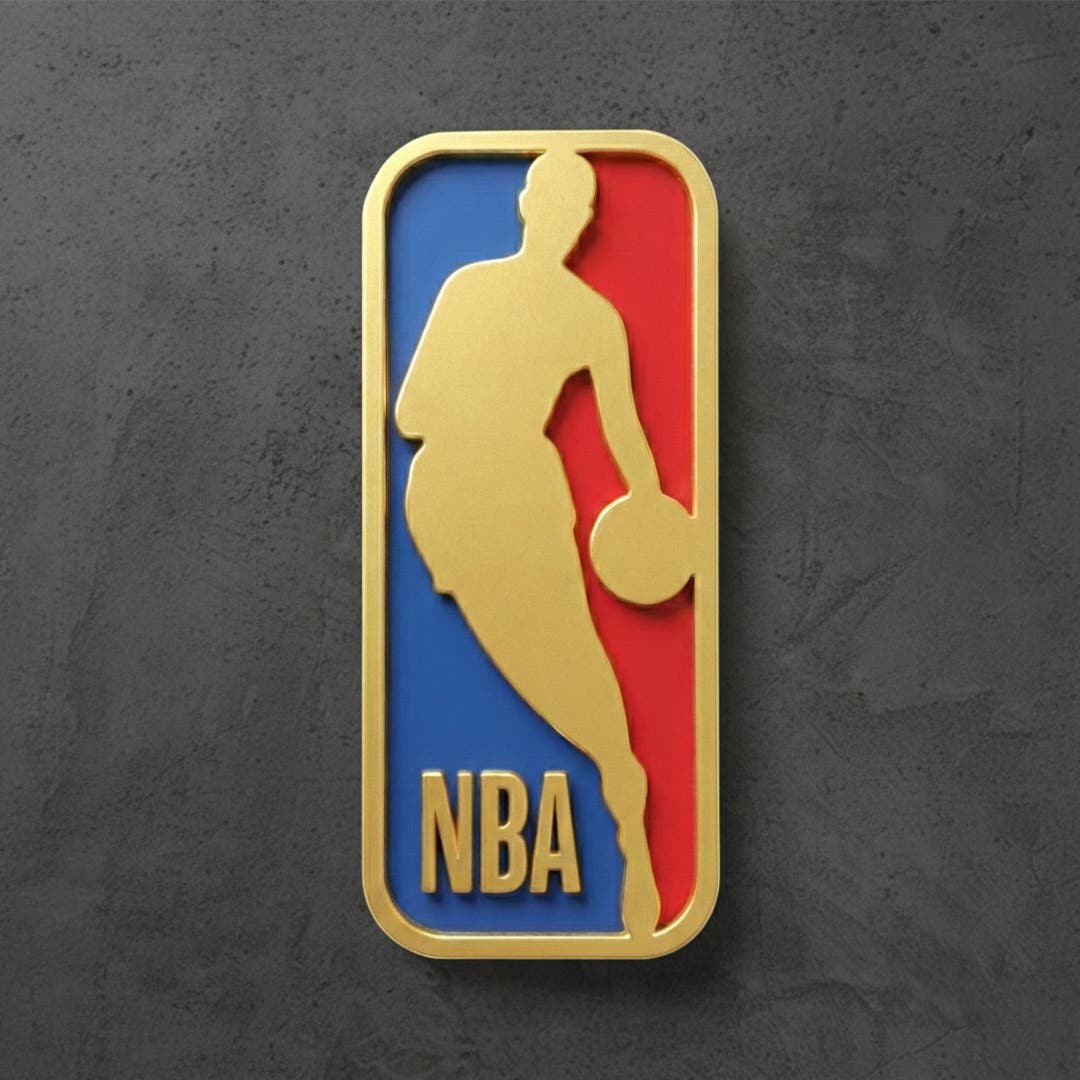Mickey Mantle
‘Classic’ Comments: Readers Weigh in on Postcards, the Best QBs
Just so you know that we read and appreciate your correspondence at SCD, I’ve pulled a few letters out of the ol’ mailbag to use as the basis for Classic Collectibles this month. They comment on three recent column topics, so let’s get right to it.
Mantle
In the June 17 issue of SCD, I presented various fan memories of Mickey Mantle as written by people who saw him play. The column, as I noted, included excess material – call it bonus coverage – from a recent book I edited, Mickey Mantle: Memories & Memorabilia.
After the column was published, a Michigan-based reader wrote to remind us that not everyone loved The Mick – or, then again, maybe they did.
Hi Larry,
I hated Mickey Mantle!
When I was 13, I collected baseball cards like most of my friends, and one of them liked the Yankees and had a Mickey Mantle card. Although I was a Detroit Tiger fan and hated the Yankees and Mantle publicly, I wanted my friend’s Mickey Mantle card! I offered, offhandedly, several other nice cards in trade, but that little bugger would not give in. Twenty-eight years later, in 1985, I came across a stack of baseball cards at an old antiques shop and bought the whole stack for $110. That was a lot of money to me in 1985. However, in the stack were some very nice 1956 Topps cards of such stars as Al Kaline, Duke Snyder, Warren Spahn, Yogi Berra, Whitey Ford and . . . Mickey Mantle!
That 1956 Mantle was and still is my favorite. Oh, and I like him now, publicly. Thanks for relating all those fan memories of Mantle.
– Donn Ross
Shelby Township, Mich.
Donn, thank you for your note. It reminds us that Mantle, like any big slugger from any team in any era, had countless admirers nationally – even among those who rooted hard against the Yankees.
Of course, your Tigers from the mid-1950s played the Yankees pretty tough. They were 12-10 against the Bronx Bombers in 1956 and 10-12 in both 1955 and 1957. But Mantle feasted on Tigers pitching, especially in 1956, his Triple Crown season. He hit .372 (32-for-86) with 10 homers, 19 runs and 20 RBI against Detroit. A season earlier, in 1955, he batted .337 with seven homers, 20 runs and 14 RBI against Detroit.
As for the 1956 Topps Mantle, it’s certainly an iconic card. His rookie cards (1951 Bowman and 1952 Topps) might get more attention and sell for higher prices, but that 1956 issue – No. 135 in the series – is a beauty. It’s a horizontal card with dual images: a close-up, tinted portrait of a smiling Mantle and an action art portrait in the background showing the outfielder leaping high to rob an opposing hitter of a home run.
Mantle’s 1956 Topps has a book value of $1,500, but as usual, real-time pricing can be way under or way over, depending largely on condition. A 1956 Mantle graded SGC 9 sold for $8,460 on 36 bids. At Heritage Galleries in April, a PSA 9 version of the 1956 Mantle brought a near-identical price: $8,365. And as we sampled various dealer and auction sites, we saw nearly a dozen versions of the card graded between PSA 5 and PSA 8 selling for prices between $400 and $850. Look hard enough and you’ll find low-grade versions of the card for $150 to $200.
On the extremely high end, a longtime dealer recently offered a pristine version of the card – a PSA Gem Mint 10 – on eBay for a Buy-It-Now price of $143,000. The listing ended with the card going unsold.
Despite the wide range of prices, there’s no doubt that Topps’ 1956 Mantle is an impact card. A recent vote of Topps’ 60 Greatest Cards of All Time at the manufacturer’s website concluded with the ’56 Mantle ranked at No. 55.
A baseball collectibles fan site, GoldenAgeBaseballCards.com, goes even further, calling Mantle’s ’56 Topps “The greatest baseball card ever.” The artwork, according to the site, reflects “his prowess as an athlete, particularly in the early 1950s, when his lightning speed legitimized his role as successor to Joe DiMaggio. The combination of action, fan interest and overall potential for greatness are captured in this card.”
Can’t argue with that!
Baseball postcards
In another recent issue of SCD (May 20), I took a look at one of my favorite collecting areas – one that’s very visual, offers amazing selection and generally is easy on your wallet – baseball postcards. A serious collector from our nation’s capital wrote in with the following comment and question.
Dear Larry,
I really enjoyed your article “Postcards From the Diamond” in the May 20, 2011, issue of SCD. Thanks for doing it. As someone who has collected Dormand postcards for almost 10 years in an effort to complete the entire set, variations included, I sure could use your help with one matter.
I am missing two cards to complete the Dormand set, and both are variations. One is the Joe Collins variation (patch on sleeve, signature at bottom). I have seen a couple of those over the years; now I just have to find one in VG/EX or better condition for my collection. My real problem is with the Hank Bauer large signature variation. I must have seen three-dozen small-signature Bauer variations over the years, but I have never seen the large-signature variation – not at regional shows, not at five different Nationals, not on eBay. Do you know if the large-signature variation really exists? I sure would appreciate it if you’d let me know – and perhaps where I might see a picture of it so I know what I’m looking for. Any leads on locating one would be absolutely fantastic.
Thanks very much. And again, thanks for the informative SCD piece.
– Barry Zamoff
Washington, D.C.
I love those classic Dormands, too, Barry. They’re attractive 3½-by-5½-inch postcards issued between 1953-55. The checklist numbers 40 cards (101 through 140), but there are only 38 players in the set. A half-dozen of them have variations, making it harder to complete a set. All are Yankees, Dodgers, White Sox and Philadelphia Athletics players. According to the Standard Catalog of Baseball Cards, the set was “apparently produced on order by the players by Louis Dormand, a Long Island, N.Y., photographer, [and] used to honor fan requests for photos and negatives.”
That said, I’m in the same boat as you: I haven’t set eyes on a large-signature Bauer variation, either. It would be a great find. As always, The National Sports Collectors Convention seems like the most likely source for one, but you’ve attended a number of shows and haven’t seen it. (This year’s National, by the way, is Aug. 3-7 at the Donald E. Stephens Convention Center in Rosemont, Ill. Visit www.nsccshow.com for information.)
Anyway, let’s toss this out there for SCD’s astute readership. Perhaps someone out there will uncover a lead and/or can report a Bauer large-signature Dormand sighting.
Football’s Mount Rushmore
In the April 4 issue of SCD, we cited the NFL franchises that have built the most impressive traditions when it comes to collectible quarterbacks. The teams who could fill a “Mount Rushmore” with quarterbacks, we opined, began with Green Bay (Arnie Herber, Bart Starr, Brett Favre and Aaron Rodgers) and San Francisco (Y.A. Tittle, John Brodie, Joe Montana and Steve Young), with the Cowboys (Don Meredith, Roger Staubach and Troy Aikman) waiting on a breakout year for Tony Romo.
We also cited teams that we felt were one superstar shy of having an all-time quarterback quartet. Among them were the Redskins (Sammy Baugh, Sonny Jurgensen and Joe Theismann); Oilers/Titans (George Blanda, Warren Moon and Steve McNair); Bills (Jack Kemp, Jim Kelly and Doug Flutie); and Chargers (John Hadl, Dan Fouts and Philip Rivers).
We also brought up the Rams as a team that fell one signal-caller short of a Mount Rushmore. Norm Van Brocklin, Roman Gabriel and Kurt Warner were left stranded, as I saw it. That’s what prompted one reader to take me to task.
Dear Larry,
In your recent QB article, your list of Rams quarterbacks included such entities as Jim Everett and Marc Bulger, “neither of whom had winning records, and neither of whom inspired a mass following among collectors.” What happened to Dieter Brock?
Actually, your real omission was (wait for it) . . . Bob Waterfield! He deserves mention if only for his marriage to Jane Russell. Either way, I’m sure you realize how ridiculous this lapse was.
– Mark Diamond
(city not provided)
Well, Mark, I don’t know about “ridiculous,” but I will admit that I should have elevated the Rams’ quartet of quarterbacks within the story. They’re not at the level of the Packers’ or 49ers’ quarterbacks, but Van Brocklin, Waterfield, Gabriel and Warner rank with the Cowboys’ quartet (if not higher).
Simply put, I didn’t show Waterfield enough respect. No, he didn’t have a very long career (he played eight years, retiring at age 32 in 1952), and his numbers weren’t jaw-dropping (he completed just 50.3 percent of his passes and threw 128 interceptions vs. 97 TD passes). But he did win more than 62 percent of his starts, and he also served as a placekicker (scoring 495 points), punter (42.4 average) and defensive back (20 interceptions, all in his first four seasons). Plus, he’s a Hall of Famer, having been inducted in 1965. And, yes, there’s the Jane Russell connection.
Waterfield, who was born in Elmira, N.Y., in 1920, played college ball at UCLA, leading the Bruins to the Pacific Coast Conference Championship in 1943. The same year, he married Russell. They would adopt three children in the 1950s but ended up divorcing in 1968. Waterfield died at age 62 in 1983, while Russell died at age 89 in February 2011.
Waterfield’s college career at UCLA prompted the Rams, still based in Cleveland, to make him their fifth draft pick in 1944. He found instant success, winning the NFL’s MVP award as a rookie. Adept at throwing deep, he led the NFL in passing in both 1946 and 1951.
His first football cards, a 1948 Leaf and 1948 Bowman, can be had for under $100 – unless they’re graded and in top condition, in which case they’ll sell for hundreds, and sometimes thousands. One recent online listing, for example, had a PSA 8 version of Waterfield’s 1948 Leaf card priced at $6,000.
Because Waterfield died young, his autograph is somewhat rare. His cut signatures tend to sell for $100-$150, while autographed photos can go for $150-$250. One seller on eBay acquired a huge lot of Waterfield signed checks and recently sold two lots of them for $765 and $820, respectively, in early June.
Work stoppage
While I’m on the subject of the “Mount Rushmore” quarterbacks, I’ll finish with a letter that reader John Francis posted at SportsCollectorsDigest.com: “Nice timing talking about quarterbacks when the NFL is on strike and nobody really cares.”
I’ll ignore the biting sarcasm, John, and also the way you’ve attempted to speak for all readers. Instead, I’ll get to the point: The NFL’s work stoppage no doubt has soured a great number of football fans, but the column you cited centered on the legends of the game. These HOFers and near-HOFers aren’t on strike, and they’re fairly evergreen when it comes to topics for a sports collectibles publication.
Furthermore, there’s a dedicated audience of hardcore collectors out there who continue to hunt for prime vintage memorabilia. Why else would the Super Bowl X ring presented to backup quarterback Joe Gilliam of the Steelers sell for $22,000 at Leland’s in a June 24 sale? And why would a Jack Lambert game-used jersey sell for $12,000 at Hunt Auctions in May?
Yet if you really think about it, the stalemate between today’s NFL owners and players might push football memorabilia into the marketplace and result in some good buys. So keep your eyes open, NFL fans.
Larry Canale has been editor-in-chief of Antiques Roadshow Insider since its launch in 2001 and was editorial director of Tuff Stuff from 1993-2000. He edited and co-wrote the book Mickey Mantle: Memories & Memorabilia (2011, Krause) and also has collaborated on two titles with photographer Ozzie Sweet: Mickey Mantle: The Yankee Years (1998) and The Boys of Spring (2005). He can be reached at larrycanale@comcast.net.

